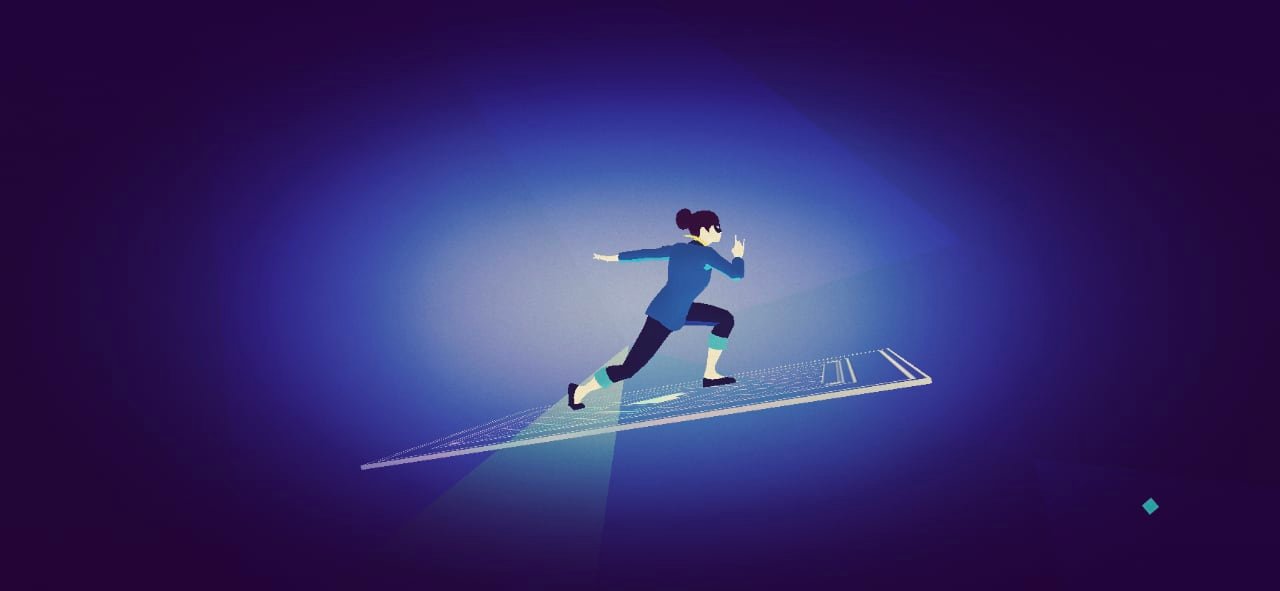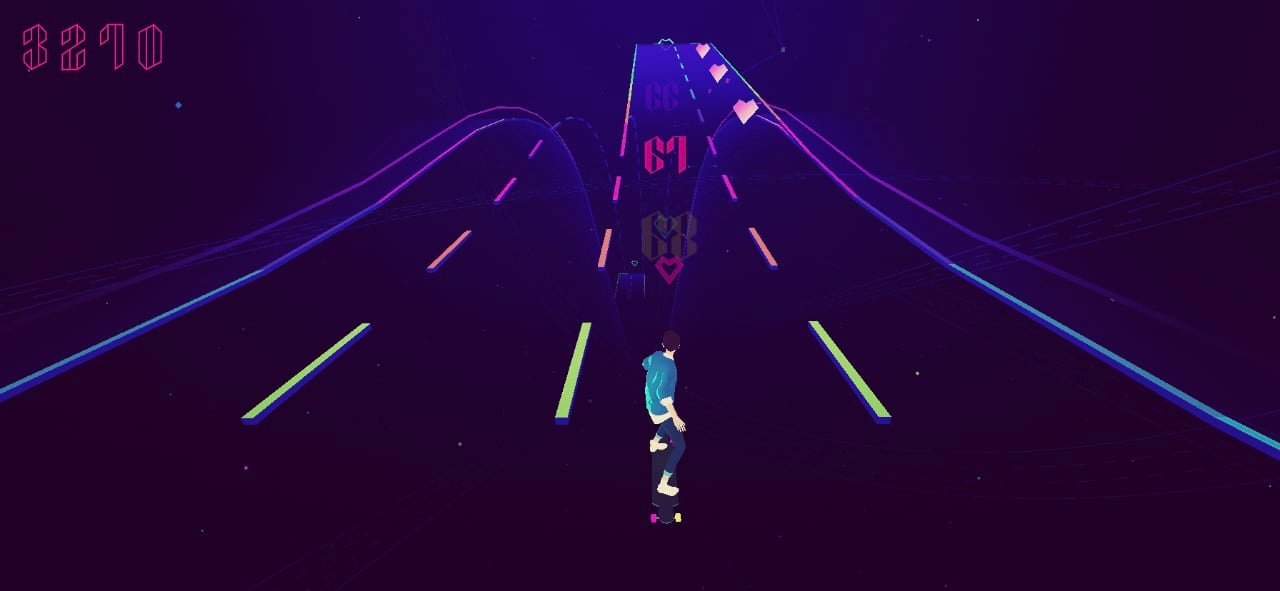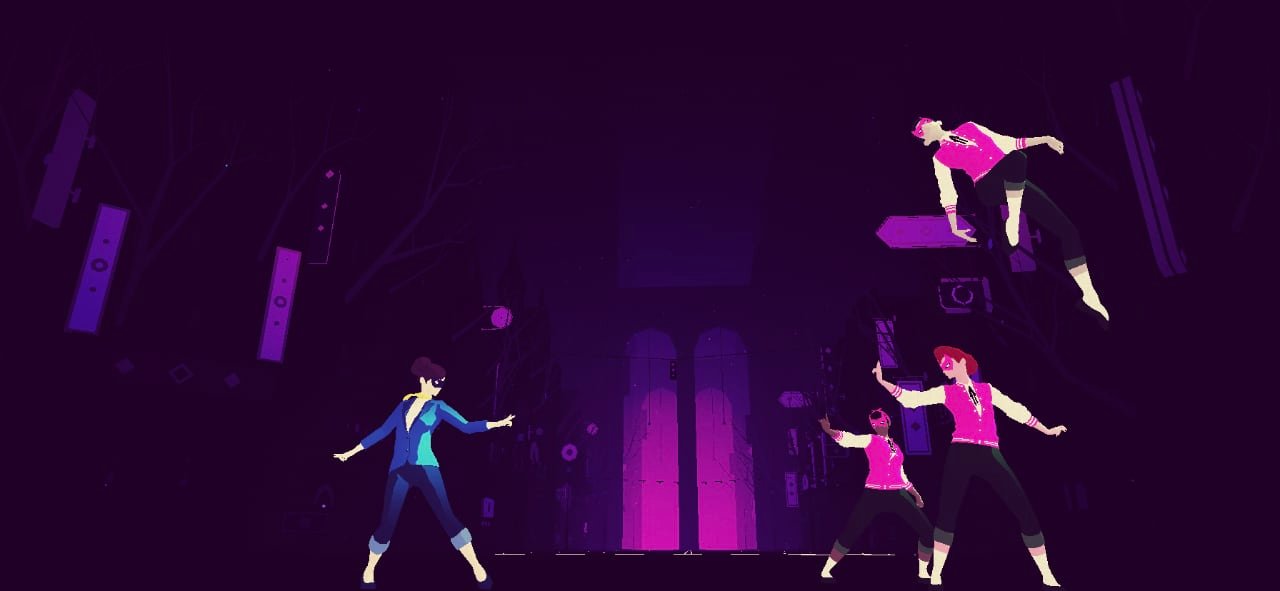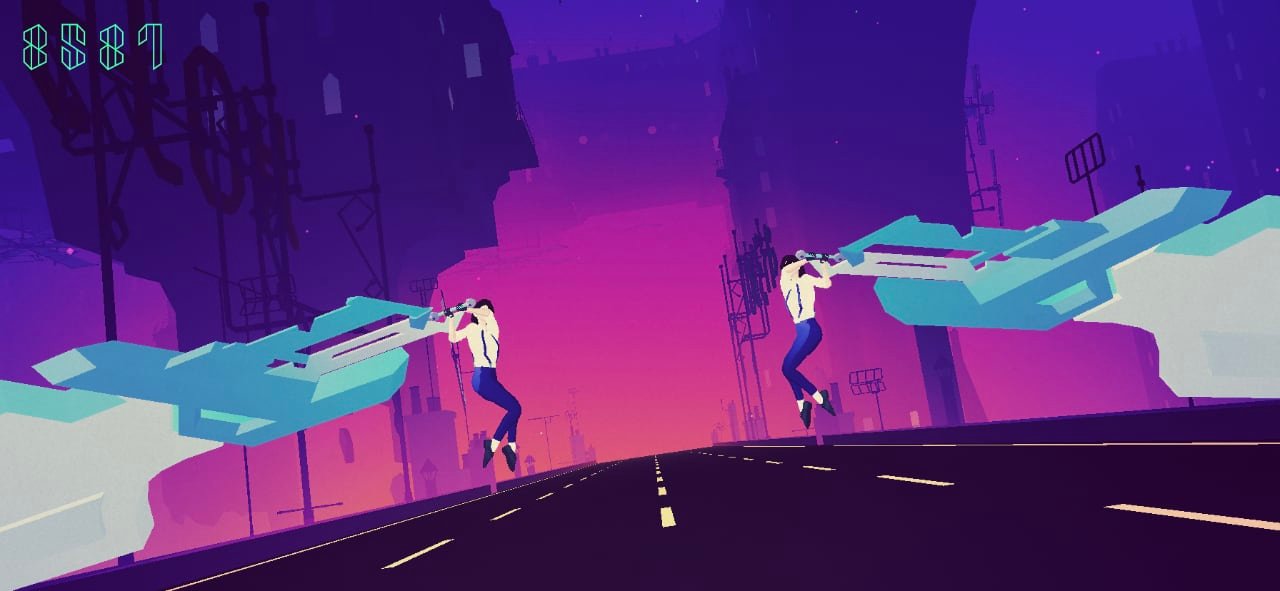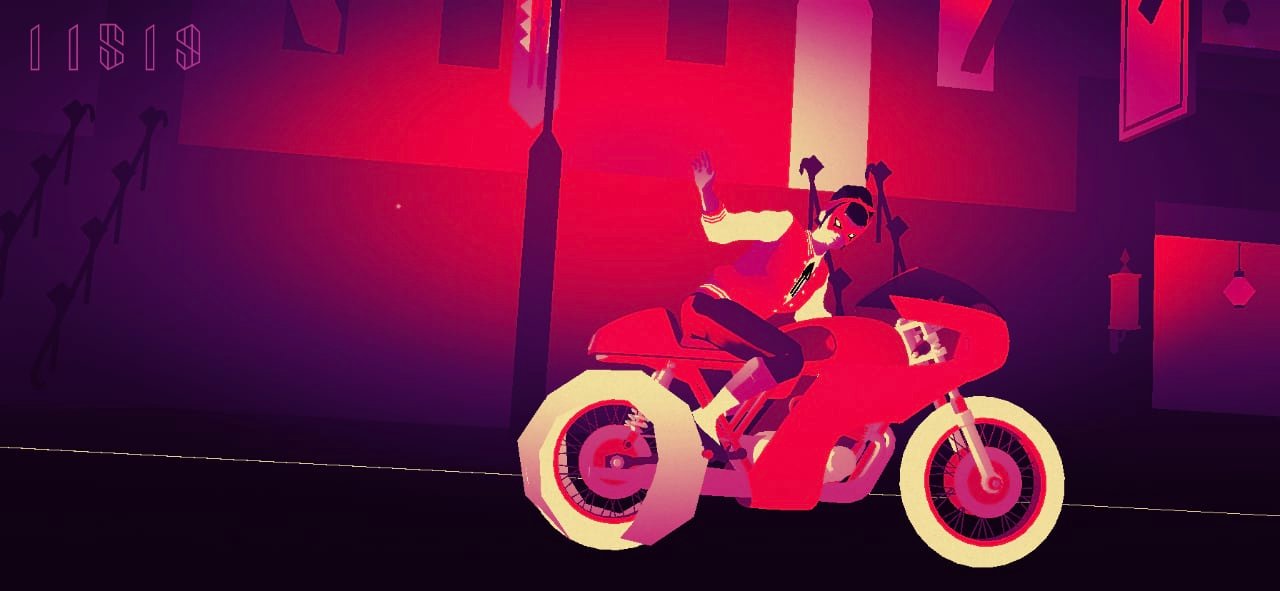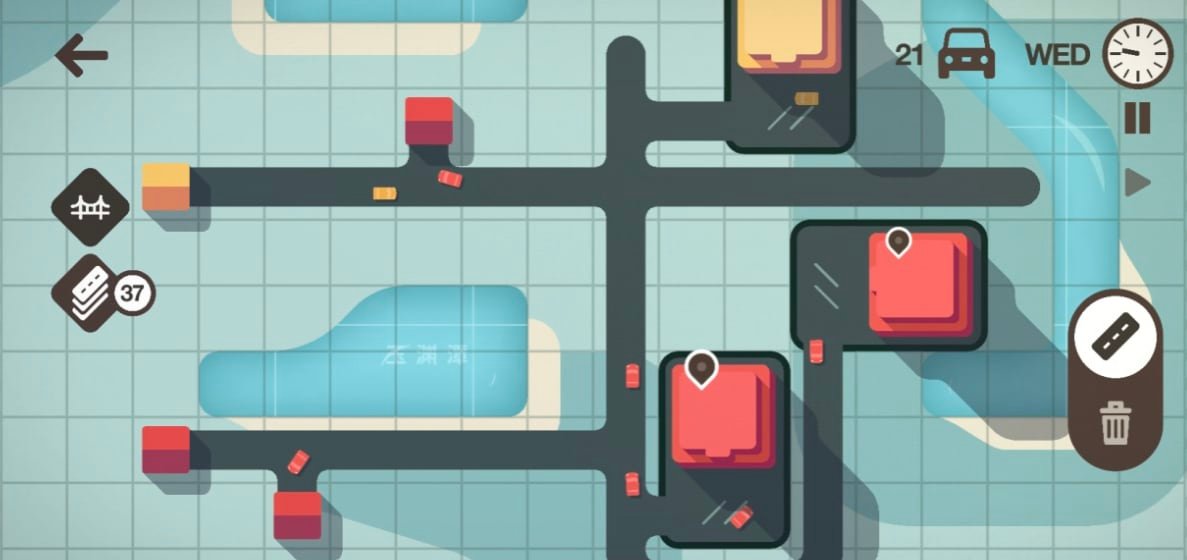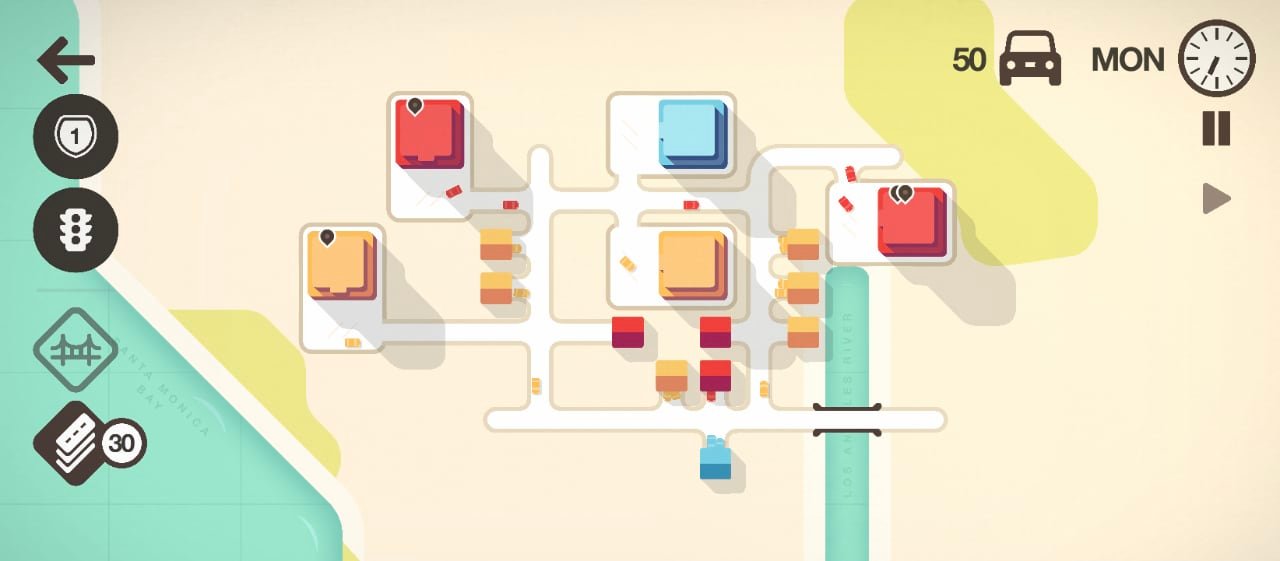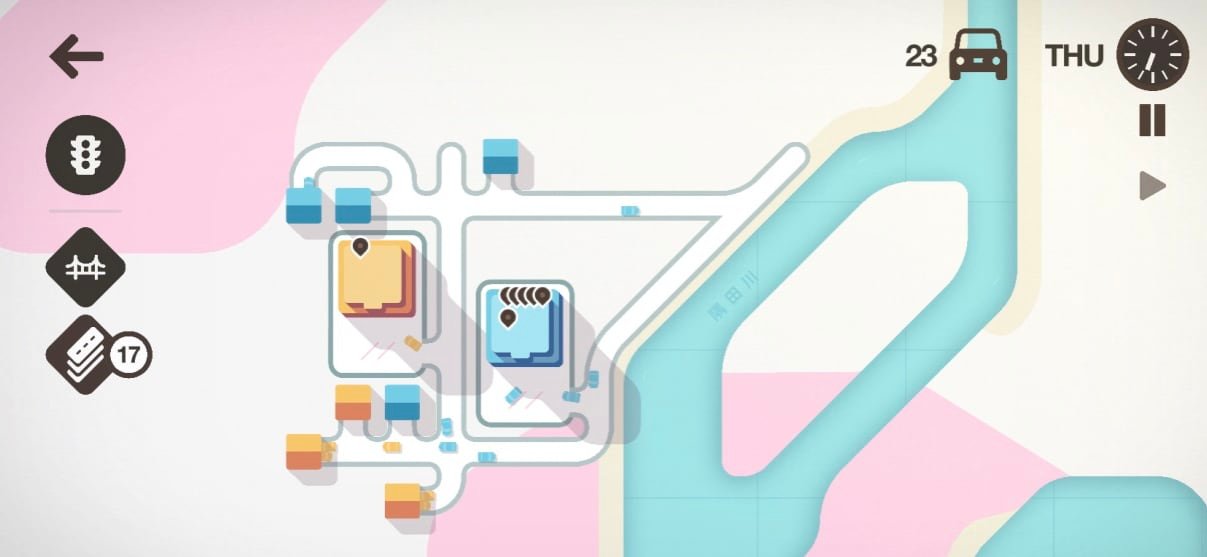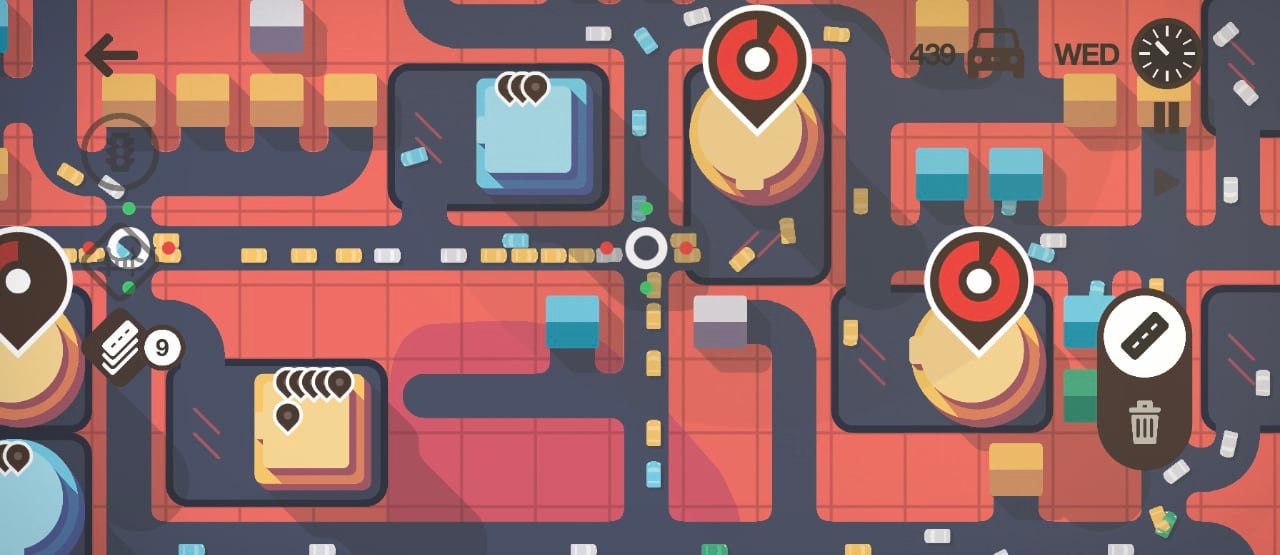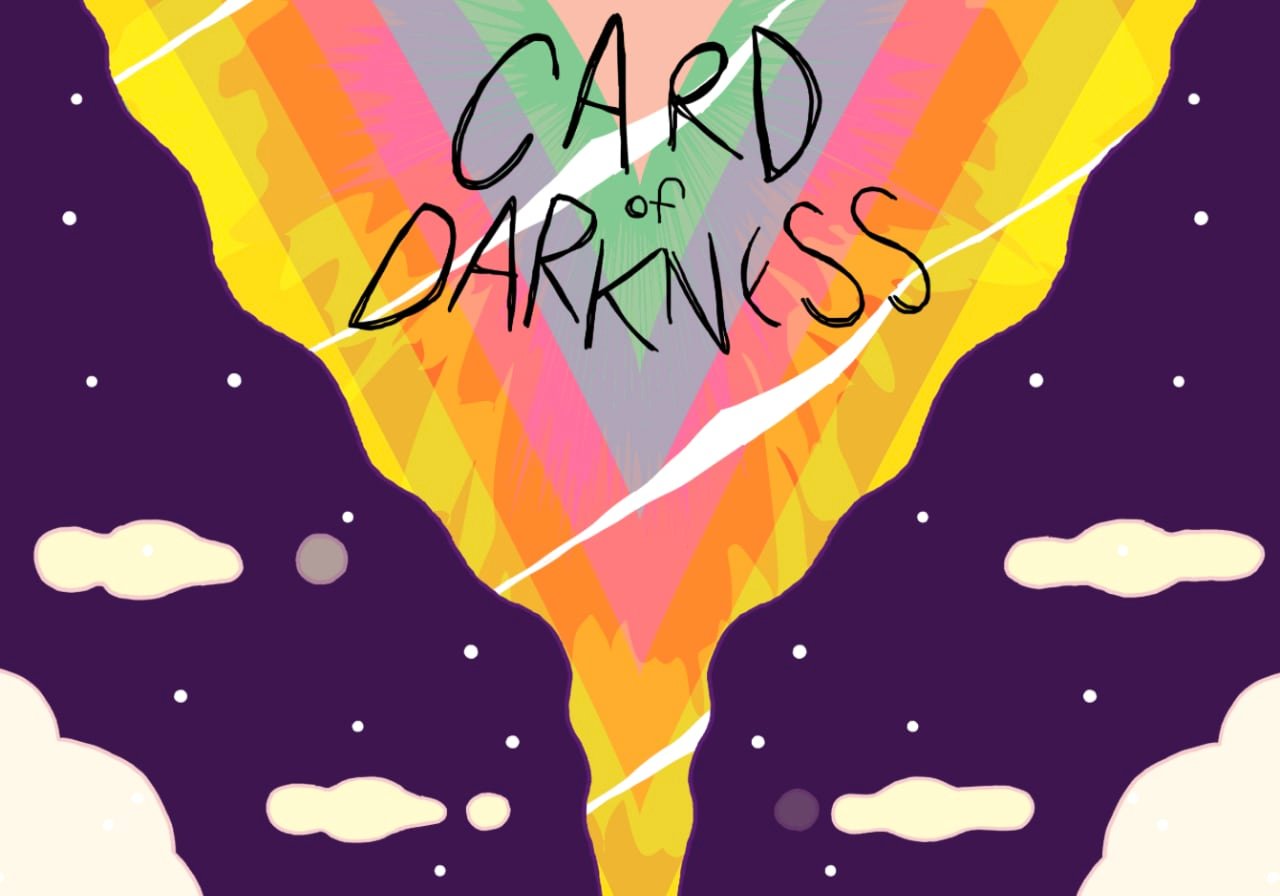
Card of Darkness
Cast spells, slay monsters, discover ancient secrets
Card of Darkness is a card game by Zach Gage, Pendleton Ward (of Adventure Time fame), and Choice Provisions. Card of Darkness is like a game of solitaire mixed with distilled roguelike elements and a vibrant atmosphere. But don’t let this game’s sweet colorful aesthetic deceive you; this game is trying to wind you up. You’ll be seeing cards for days—they’ll even haunt your dreams.
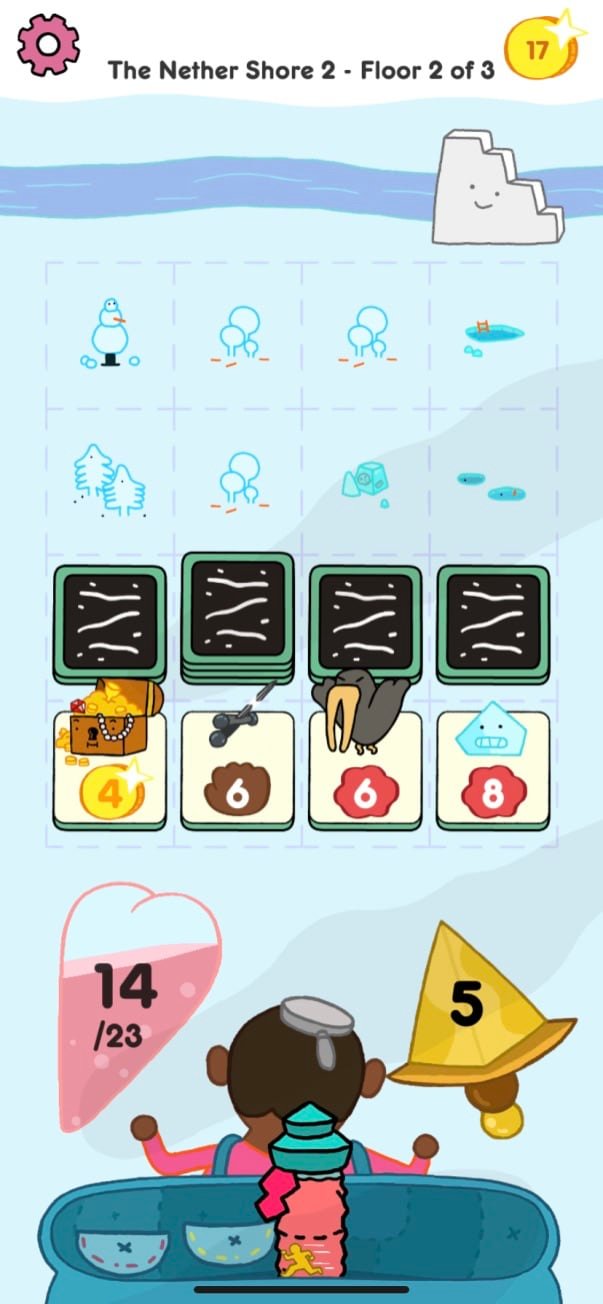
Pick up a card
The game is relatively simple. Each game starts with a few cards face up. A card can be anything: a wide variety of monsters that will attack you, a chest that gives you gold, potions to heal yourself, various weapons to attack—you name it.
Here’s the catch, when you’re attacking with most weapons, you need to match your weapon’s even/odd parity with the monster card. So, if you have a sword with a value of four and the enemy has six, you’ll take two damage and keep your sword. But if you have that same four value sword against an enemy with five, you’ll be hit with one damage, and your sword will break. So this game isn’t always about picking up the heftiest sword—you might lose it with the very next card you have to pick up.
You progress through levels by picking up enough cards to reach the stairs or volcano at the top of the screen. If you pick up a card from a pile, you can’t leave that pile unfinished before advancing. You also need to keep careful watch of your health and try to forecast what will happen with the marked cards that you need to pick up before proceeding to another level.
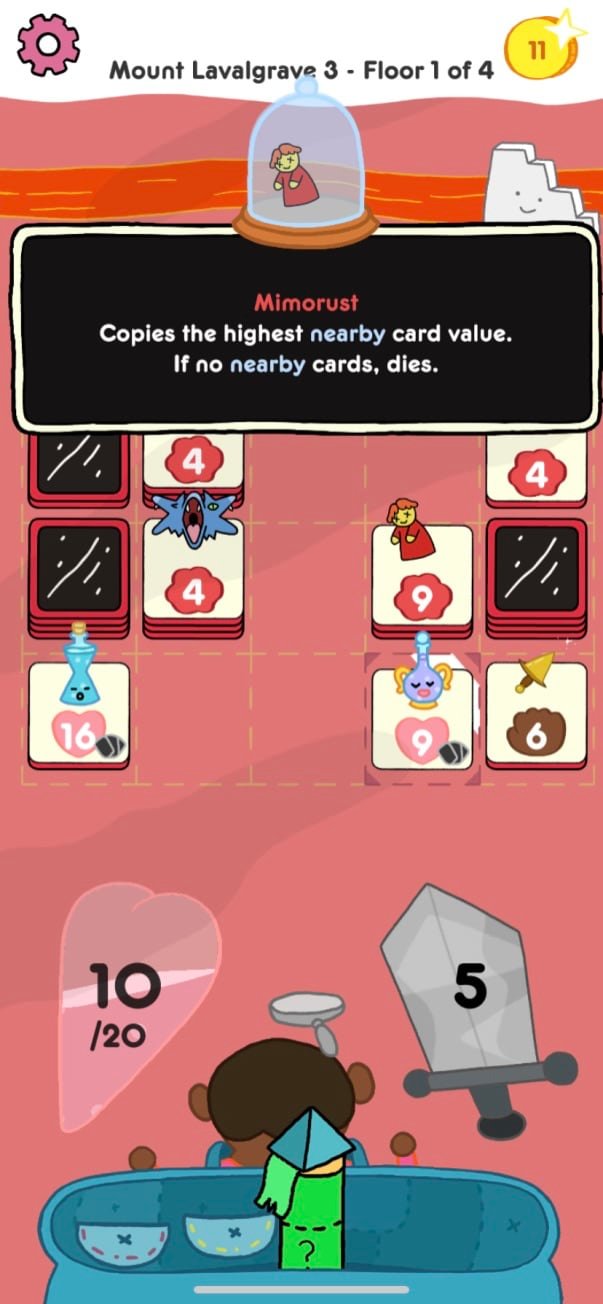
A flavorful adventure
Considering that Pendleton Ward, creator of Adventure Time, is behind the art of Card of Darkness, it’s exactly what you can expect—colorful and silly, yet with a marked sense of adventure. Each region you visit presents a different flavor of game design and art, like new monsters and weapons with varying mechanics with increasing complexity.
For example, Fearfoxes lose three value every time you pick up a monster, so you try to pick up others first. A Potion of Patience is a regular portion, but its value goes up by one each turn. Later, there are beefy fire swords, Burning Steel, which damage you by one each turn while equipped. Further still, you encounter Horrors; they’re monsters that do enough damage to leave you with one health. They’re pretty, well, horrible, until you realize that killing one horror can kill all the horrors on screen.
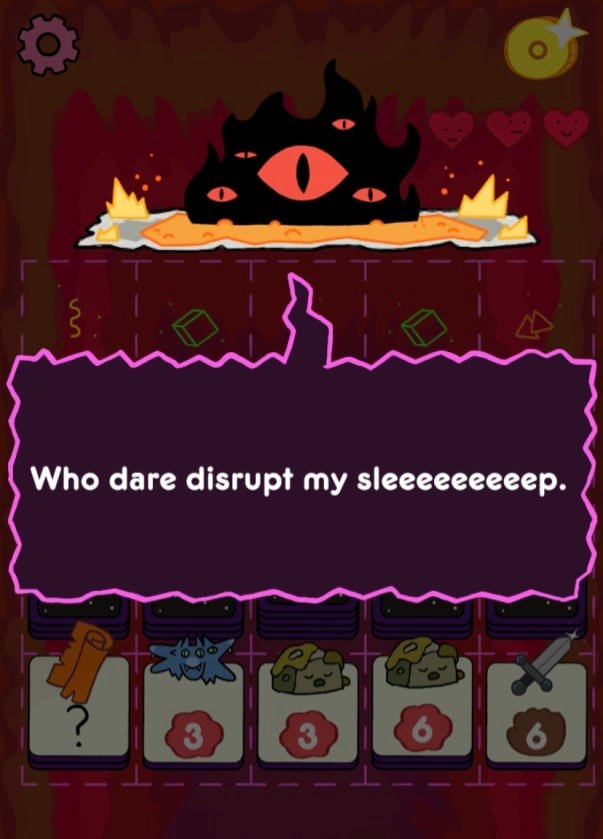
Strategy and well-balanced randomness
Card of Darkness is an RNG heavy game, and the randomness of the game is not your friend. That said, the randomness does bring balance and depth to this game. It softens the difficulty when you’re just starting, and also deemphasizes the need to min/max the game for advanced players. And in that sense, the game feels well-tuned. It usually feels like you can figure your way out of a tense scenario, but if you do fail, a restart of the level might be the run where you squeak through. I love how this feels—it gives you a euphoric feeling of “oh god, I just barely made it through with one health.”
The fun of this game is the problem solving to get ahead of the randomness. How do you tailor your Cards of Darkness for each level? It’s chasing the thrill of steamrolling a level because you found a buildout of Cards that’s a bit busted. (If you’re not changing your Cards of Darkness on most levels, you may be getting stuck for longer than you need—especially boss levels.)
Sure, the game is hard, but it’s not unfair. You might get the occasional level with brutal RNG where you give up immediately, but the game wants you to finish it. There’s no penalty for failure—if you have poor luck, it’s as fleeting as bad a hand of poker. And You’re coming out ahead every time—you’re bound to pick up some coins from each level, enable you to get more tokens or slots for Cards of Darkness that give you an extra advantage when you may be quite stuck.

Fall in the deep deep end
Card of Darkness is probably the best idle game on Apple Arcade so far. Like many other Zach Gage games, it’s a great game to pick up in idle moments, like waiting in line at a grocery store or trying to multitask while listening to a podcast.
I’ve played for several hours so far, and while I’d like to say I’ve finished the game, it looks like I still have a bit more to go—I’m presently battling my way though The Baxlan Delves as I write this (which is level six of eight). Based on my experience, I can say it’s a game just for “hardcore gamers”; it’s relatively accessible for anyone to pick up—with persistence, you’ll make it to the end of the game.
Card of Darkness is available for iOS and tvOS with an Apple Arcade subscription.
